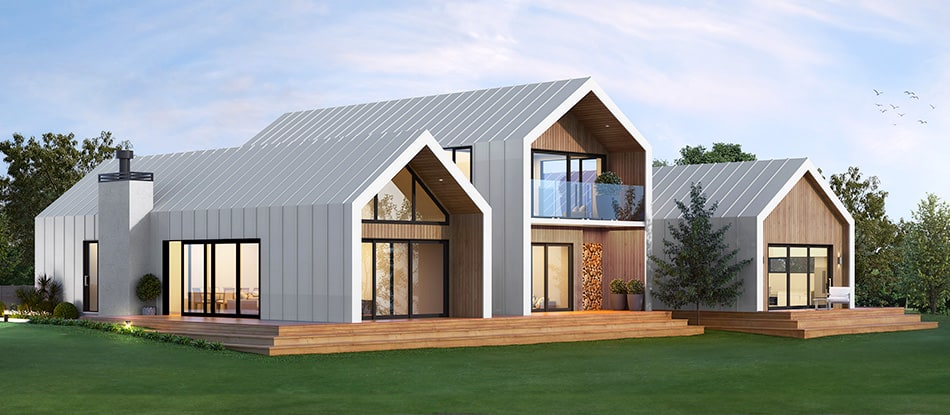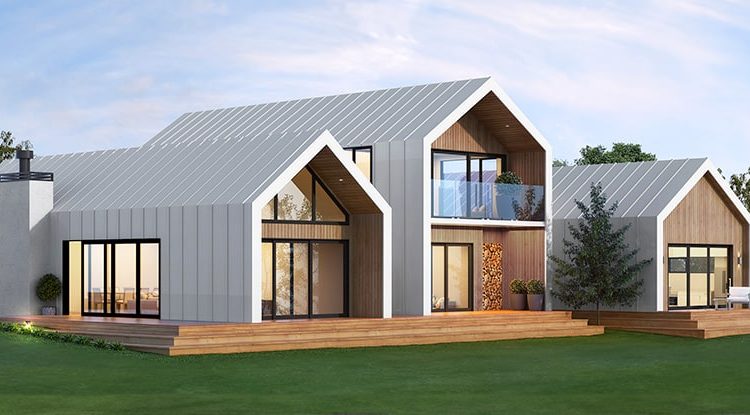Future Proofing Your Home: Why Modern Accessibility Solutions Matter
As the concept of smart and sustainable living takes hold, homeowners are thinking beyond style and square footage. Today’s most valuable home upgrades are those that offer both functionality and longevity—solutions that anticipate future needs while improving day-to-day convenience. Among the innovations gaining momentum are accessibility features that allow individuals to age in place, accommodate mobility challenges, and elevate home design with intelligent solutions.

Why Accessibility Matters More Than Ever
An increasing number of Americans are choosing to stay in their homes well into retirement, a trend known as aging in place. According to the AARP, nearly 77% of adults over 50 want to remain in their homes as they age. This shift is driving demand for modifications that improve mobility and safety without sacrificing aesthetics.
Accessibility isn’t just a concern for seniors. Accidents, temporary injuries, and chronic conditions can affect anyone. Incorporating thoughtful design features like wider doorways, non-slip flooring, and residential elevators ensures that a home remains livable and welcoming for all residents and guests, regardless of physical ability.
Home Elevators: Blending Style with Practicality
One of the most impactful and future-facing upgrades a homeowner can make is installing a residential elevator. Once considered a luxury feature, modern elevators are now compact, efficient, and beautifully designed to blend into any home aesthetic. Leading the way in this market are brands like
Stiltz, which offer solutions that require minimal structural modification, making them ideal for retrofitting into existing homes. These elevators can typically be installed in a few days and provide access to multiple floors without compromising space or style.
Health and Safety at the Core
Falls are a leading cause of injury among older adults, with the CDC reporting that 1 in 4 Americans aged 65+ falls each year. By investing in features that enhance home safety, such as stair lifts, elevators, and smart lighting systems, homeowners can significantly reduce risk and maintain independence.
Smart Home Integration
Accessibility solutions are increasingly integrated with smart home technology. Voice-activated systems, automatic door openers, and remote-controlled elevators are examples of how tech enhances accessibility. Devices like Google Nest and Amazon Alexa can be programmed to manage daily tasks hands-free, making life more comfortable and efficient.
Incorporating universal design principles also improves property value. According to the National Association of Home Builders (NAHB) and their studies on remodeling trends, homes that include accessible features are seeing increased interest from buyers across age groups.
The World Health Organization (WHO) also emphasizes the importance of accessible environments as part of global healthy aging strategies. Designing homes to be inclusive is no longer optional—it’s a necessity in our aging society.
Final Thoughts
Upgrading your home with accessibility in mind is a forward-thinking move that benefits everyone. Whether you’re planning to age in place, support a loved one with mobility issues, or simply want to enhance your home’s functionality, modern solutions like compact residential elevators and smart systems are making it easier than ever to live safely and stylishly.
The future of home living is inclusive, intelligent, and innovative—and it starts with the changes you make today.

Comments are closed.